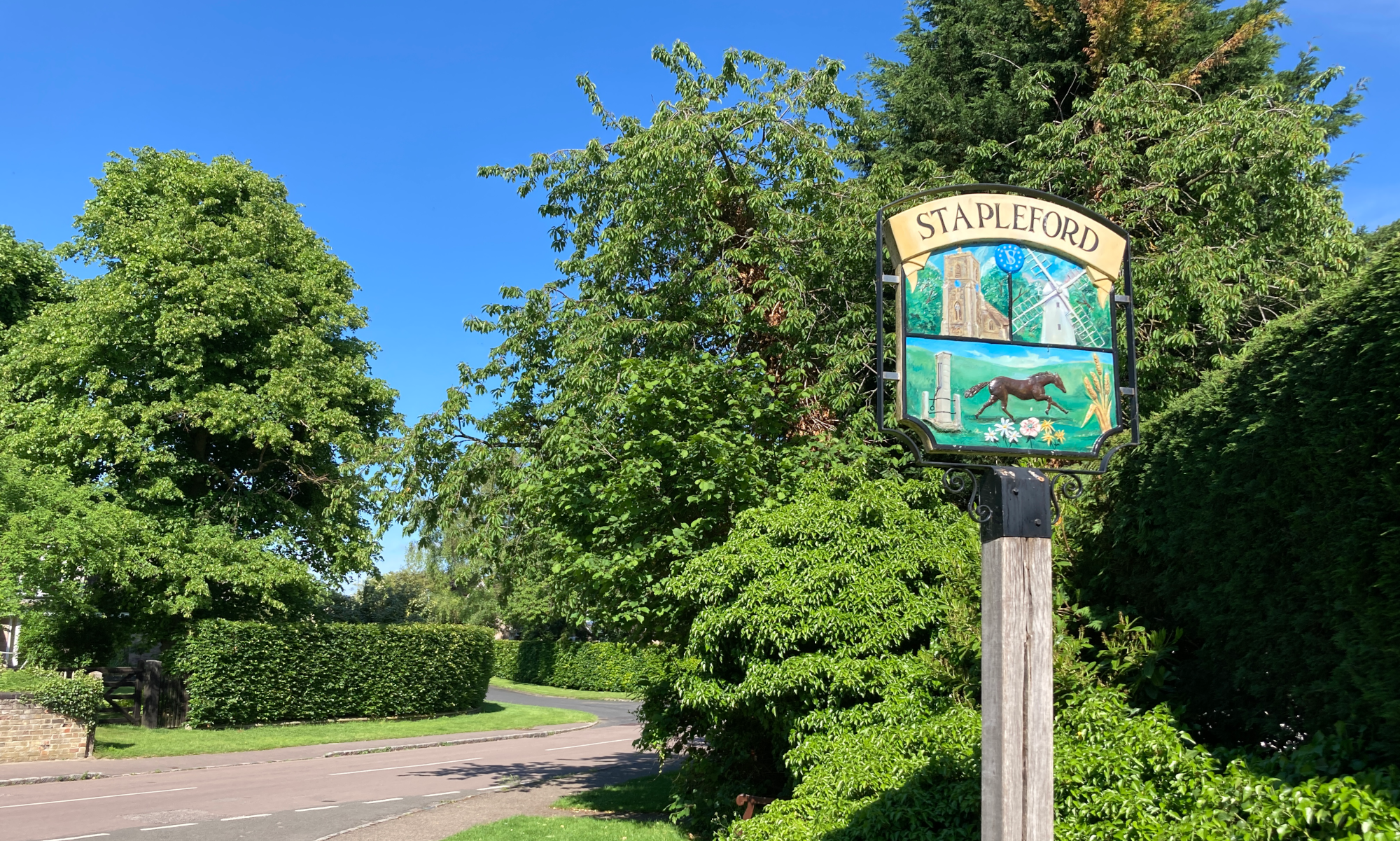Stapleford History Society 14th January 2020
A talk by Helen Ackroyd
Helen Ackroyd has been a volunteer room guide at Anglesey Abbey for over eleven years and was eager to share “those stories that you don’t know” about the place – and its owners – before it was taken over by the National Trust in 1966.
She began with a brief history of the site. The name Anglesey probably reflects the fact that the Angles, a neo-British tribe, lived in the watery region where the original Priory – never an actual Abbey – was first constructed in the eleventh century. The monks who lived there provided hospitality and care for the sick in the area and, like many others, were dispossessed during the Dissolution of the Monasteries in the 1530s. Typically, the roofing materials and many stones were used to construct other buildings in the area including houses in nearby Bottisham and further afield at Madingley.
The remains of the former Priory were eventually bought by Thomas Hobson – of Conduit and Choice fame – and, when the Jacobean house was built, the name was changed to Anglesey Abbey in order to reflect the pretensions of its new owner. The house was then lived in by a sequence of clergymen until 1926 when it was put to a public auction and bought by two wealthy brothers. The Broughton brothers, Urban and Henry, had inherited vast wealth from their father, Urban Snr., who had made a fortune through business and marriage and become one of the twenty-five richest man in the USA. They bought Anglesey Abbey, without any prior viewing, because it was near Newmarket and the stud that they owned at Bury St Edmunds.
The family also owned property at Englefield Green, near Ascot and Windsor, and were friends of the Royal Family. In 1929 Urban Broughton Snr received the title Lord Fairhaven of Lode. Permission from the President of the US had been granted to use the name Fairhaven, the place in Massachusetts where Broughton Snr. had been born, together with the name of the small village of Lode near Bottisham. Unfortunately, Urban Broughton Snr. died before the investiture could be carried out so the 1st Lord Fairhaven was his older unmarried son and his widow became the 1st Lady Fairhaven. The 1st Lord Fairhaven was succeeded by his married brother. The 3rd Lord Fairhaven lives at Kirtling Towers with his family.
The 1st Lord Fairhaven lived an extravagant life at Anglesey Abbey. We were told that he had over fifty pairs of shoes and so ample a collection of suits that his valet was able to maintain them without sending any to be dry cleaned. He sported a coloured carnation every day and a white one during the evening and had a greenhouse devoted solely to growing them for his use. He did not like to dine alone so entertained his friends to sumptuous meals with wines appropriate to each of the four courses. These dinners began promptly at 8.00pm and lasted precisely until 8.56pm because he wanted to watch the 9 o’clock news. His great wealth allowed him to indulge his passion for collecting things: clocks, paintings, furniture, tapestries, books and ornaments and this is clear in all the public rooms.
The library’s magnificent wooden shelves housing over 6,000 books, were made eighty years ago from wood that was bought when the new Waterloo Bridge was built. This wood – elm – had provided the supports for the earlier bridge and were greatly hardened by exposure to the waters of the Thames for all that time. The large collection of paintings, many of Windsor, is on display in the Upper and Lower Galleries together with the 1st Lady Fairhaven’s Steinway piano.
In the Dining Room there is usually a large Shield of Achilles on one wall, one of only four in existence, and currently on loan to the British Museum for its exhibition on Troy. The other lasting legacy of the 1st Lord Fairhaven is the 196 acre garden which he mostly designed himself. He replanted the rose garden, established the dahlia garden and herbaceous border. He enjoyed planting avenues of trees and creating a framework in which to place his collection of over a hundred statues and urns.
The talk left many members of the Society keen to revisit Anglesey Abbey in order to look afresh at all the wonderful things in the house and garden.
[report by Jane Steadman]

